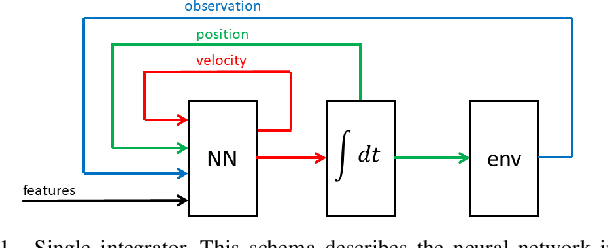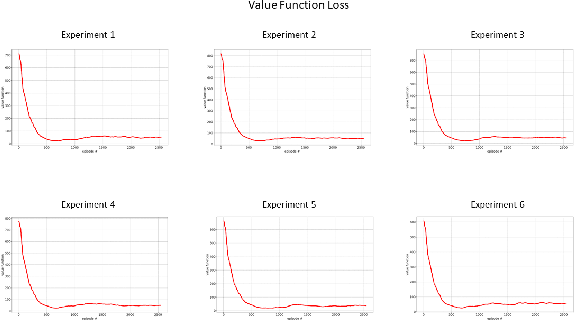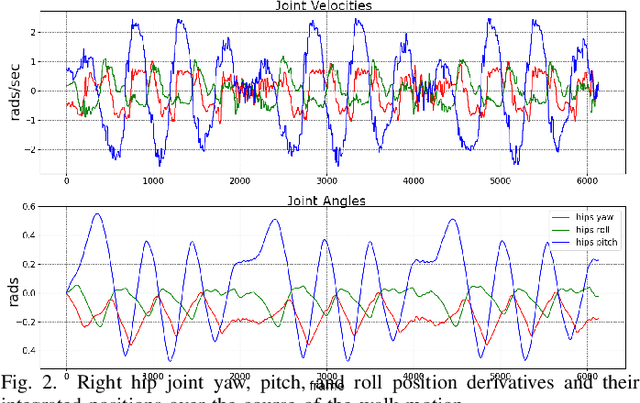Kensaku Ishizuka
Development of Bidirectional Series Elastic Actuator with Torsion Coil Spring and Implementation to the Legged Robot
Sep 24, 2024Abstract:Many studies have been conducted on Series Elastic Actuators (SEA) for robot joints because they are effective in terms of flexibility, safety, and energy efficiency. The ability of SEA to robustly handle unexpected disturbances has raised expectations for practical applications in environments where robots interact with humans. On the other hand, the development and commercialization of small robots for indoor entertainment applications is also actively underway, and it is thought that by using SEA in these robots, dynamic movements such as jumping and running can be realized. In this work, we developed a small and lightweight SEA using coil springs as elastic elements. By devising a method for fixing the coil spring, it is possible to absorb shock and perform highly accurate force measurement in both rotational directions with a simple structure. In addition, to verify the effectiveness of the developed SEA, we created a small single-legged robot with SEA implemented in the three joints of the hip, knee, and ankle, and we conducted a drop test. By adjusting the initial posture and control gain of each joint, we confirmed that flexible landing and continuous hopping are possible with simple PD position control. The measurement results showed that SEA is effective in terms of shock absorption and energy reuse. This work was performed for research purposes only.
Learning Bipedal Robot Locomotion from Human Movement
May 26, 2021



Abstract:Teaching an anthropomorphic robot from human example offers the opportunity to impart humanlike qualities on its movement. In this work we present a reinforcement learning based method for teaching a real world bipedal robot to perform movements directly from human motion capture data. Our method seamlessly transitions from training in a simulation environment to executing on a physical robot without requiring any real world training iterations or offline steps. To overcome the disparity in joint configurations between the robot and the motion capture actor, our method incorporates motion re-targeting into the training process. Domain randomization techniques are used to compensate for the differences between the simulated and physical systems. We demonstrate our method on an internally developed humanoid robot with movements ranging from a dynamic walk cycle to complex balancing and waving. Our controller preserves the style imparted by the motion capture data and exhibits graceful failure modes resulting in safe operation for the robot. This work was performed for research purposes only.
 Add to Chrome
Add to Chrome Add to Firefox
Add to Firefox Add to Edge
Add to Edge